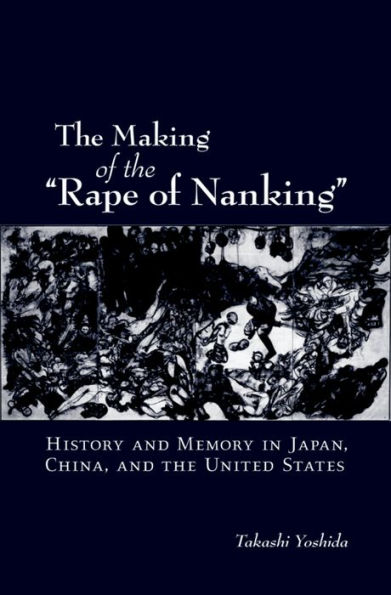Table of Contents
Introduction: The Greater East Asian War 3
Part I Allies and Enemies in the Asia-Pacific War (1937-45)
1 Japan: Mobilizing the Nation, Sanitizing Aggression 11
2 China: Intolerable Atrocities 27
3 United States: The "Rape of Nanking." 37
Part II The Storm of Postwar and Cold War Politics (1945-71)
4 Japan: Confronting the Nanjing Massacre 45
5 China: In Times of Civil and Cold War 62
6 United States: Rebuilding Japan 71
Part III Bringing the Nanjing Massacre into Print (1971-89)
7 Japan: From "Victim Consciousness" to "Victimizer Consciousness." 81
8 China: Nationalizing Memory of the Nanjing Massacre 102
9 United States: Focus on Japanese Denials of the Past 114
Part IV The Internationalization of the Nanjing Massacre (1989 to Present)
10 Japan: A War over History and Memory 129
11 China: The Nanjing Massacre and Patriotic Education 154
12 United States: Rediscovery of the Nanjing Massacre 165
Conclusion 180
Notes 185
Bibliography 237
Index 259
Studies of the Weatherhead Institute, Columbia University 267



